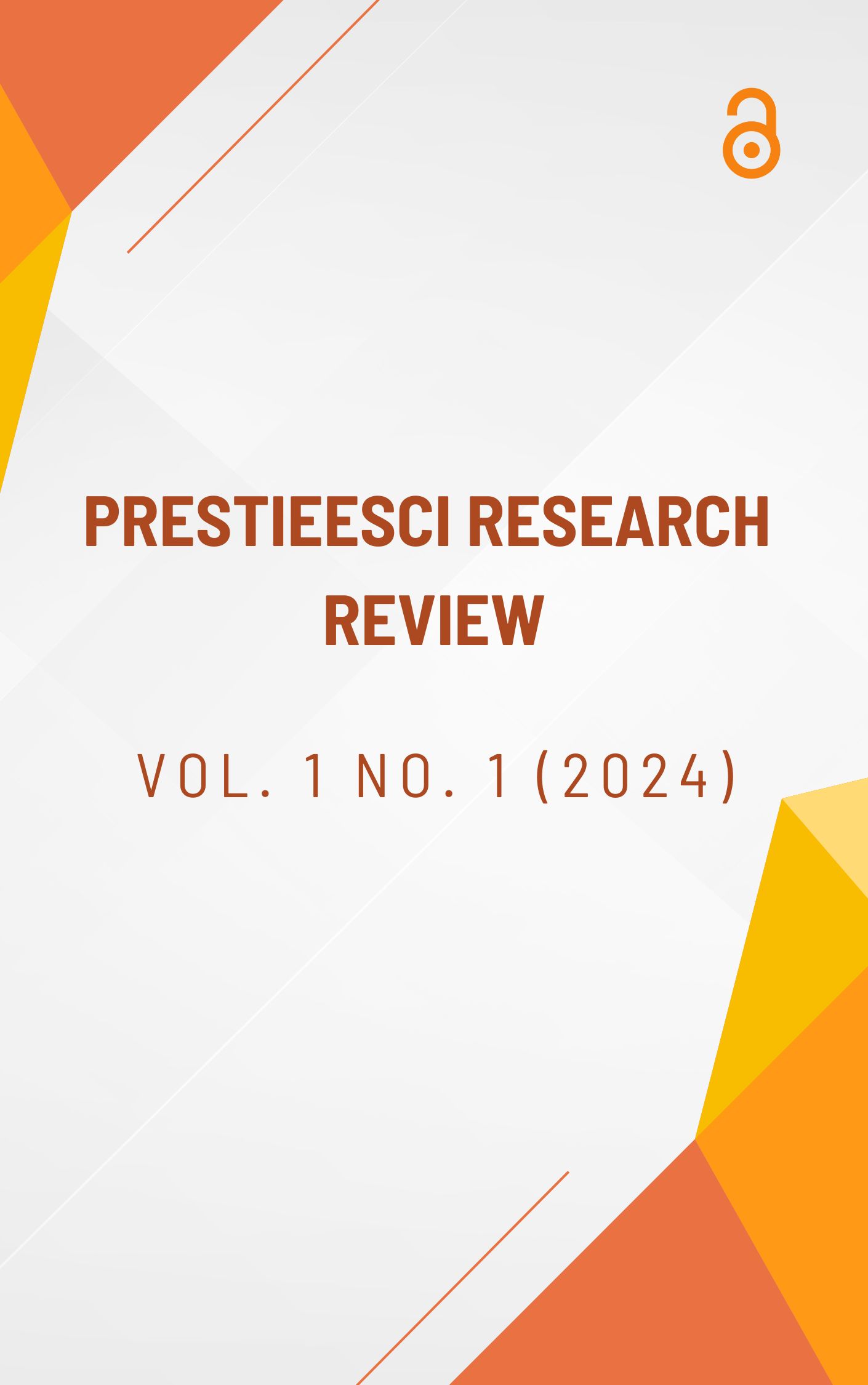AN EXAMINATION OF THE ROLE OF CURRICULUM, INSTRUCTION, AND STUDENT INTERACTION IN DETERMINING AND ADDRESSING INEQUALITIES IN EDUCATION
Abstract
In accordance with the fact that the Constitution of the United States refers to equality, it is abundantly obvious that this principle is not always adhered to. The field of education is a significant exception to this rule. In the Declaration of Independence, Thomas Jefferson argued that individuals have the inherent freedom to spend their lives freely and pursue whatever endeavors bring them joy. Both the notion of educational sufficiency and the concept of educational equality make linkages between these two ideas. According to a substantial body of comparative research, the degree to which Western cultures differ from one another in terms of educational outcomes varies greatly. In addition to exploring the ramifications of socioeconomic disparities within individual countries, researchers have shown that the different degrees of educational gap that exist among nations are affected by the structure of education in those countries. According to the findings of our study, centralized tests do two things: (1) they motivate schools to assign students to tracks based on more objective measurements, and (2) they make it possible for educational institutions to spend more than that in students on lower tracks by making those students more accountable for their performance. Therefore, the influence that paternal engagement has on children's academic achievement may be minimized by centralized evaluations in educational systems that are monitored.




